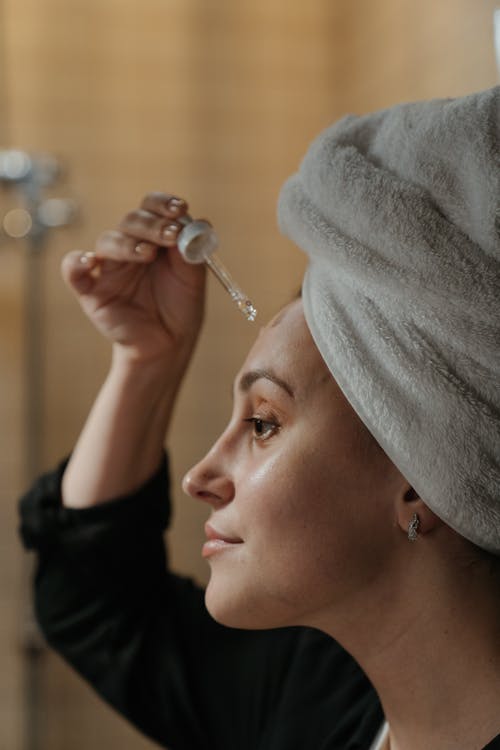Demystifying Skincare: Hydrating vs. Moisturizing - What Sets Them Apart?
In the world of skincare, terms like "hydrating" and "moisturizing" are often used interchangeably, leading to confusion about their true meanings and benefits. However, these two concepts play distinct roles in maintaining healthy, well-nourished skin. Understanding the difference between hydrating and moisturizing is essential for crafting an effective skincare routine tailored to your skin's needs. Let's dive deeper into the nuances of hydration and moisturization to unlock the secrets to a radiant complexion.
Hydrating:

Hydration refers to the replenishment of water content within the skin, essential for maintaining its moisture balance and overall health. Hydrating products typically contain ingredients that attract and bind water molecules to the skin, helping to increase hydration levels and improve skin elasticity and suppleness.
Common Hydrating Ingredients:
Hyaluronic Acid: Known for its exceptional ability to attract and retain moisture, hyaluronic acid is a hydrating powerhouse that plumps and smooths the skin, reducing the appearance of fine lines and wrinkles.
Glycerin: A humectant that draws moisture from the environment into the skin, glycerin helps to hydrate and soften the skin, leaving it feeling smooth and refreshed.
Aloe Vera: With its soothing and moisturizing properties, aloe vera hydrates and calms the skin, making it ideal for soothing dryness, redness, and irritation.
Hydrating Products:
Hydrating serums
Hydrating toners
Hydrating masks
Moisturizing:

Moisturization involves the sealing and trapping of moisture within the skin, creating a protective barrier that prevents water loss and maintains optimal hydration levels. Moisturizing products typically contain emollients, occlusives, and humectants that work together to lock in moisture, soften the skin, and improve its texture and resilience.
Common Moisturizing Ingredients:
Emollients: These lipid-rich ingredients, such as plant oils, shea butter, and squalane, help to smooth and soften the skin's surface, reducing roughness and improving overall texture.
Occlusives: Occlusive ingredients, like petrolatum, mineral oil, and beeswax, form a protective seal over the skin, preventing moisture loss and enhancing hydration levels.
Ceramides: Naturally occurring lipids found in the skin's barrier, ceramides help to reinforce and repair the skin's protective barrier, enhancing moisture retention and resilience.
Moisturizing Products:
Moisturizing creams
Moisturizing lotions
Facial oils
Understanding the Difference: In summary, hydrating products focus on increasing the water content of the skin, while moisturizing products focus on sealing in moisture and preventing water loss. Both hydration and moisturization are essential components of a comprehensive skincare routine, working together to maintain optimal skin health and hydration levels.
Incorporating Hydration and Moisturization into Your Routine: For optimal results, incorporate both hydrating and moisturizing products into your skincare routine. Start with hydrating products to replenish moisture levels within the skin, then follow up with moisturizing products to seal in hydration and protect the skin's barrier. Customize your routine based on your skin type, concerns, and climate for best results.
By understanding the difference between hydration and moisturization and selecting products tailored to your skin's needs, you can achieve a radiant, healthy complexion that glows from within. Remember to prioritize hydration and moisturization in your skincare routine to maintain optimal skin health and vitality.

 Cricket Score Counter
Cricket Score Counter Heads or Tails
Heads or Tails
You have not logged in, please Login to comment.